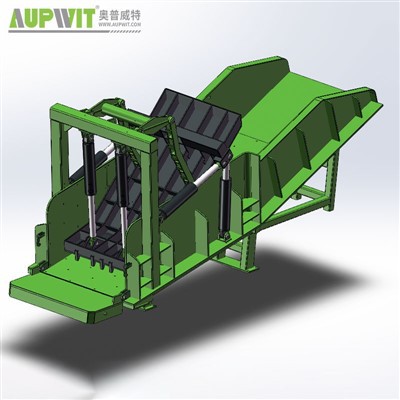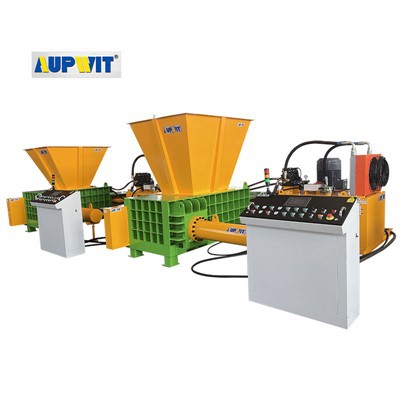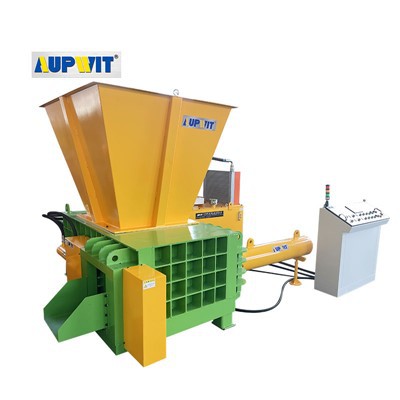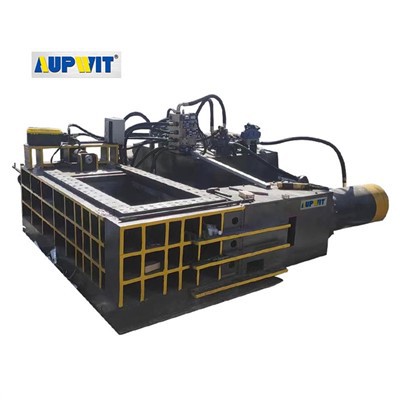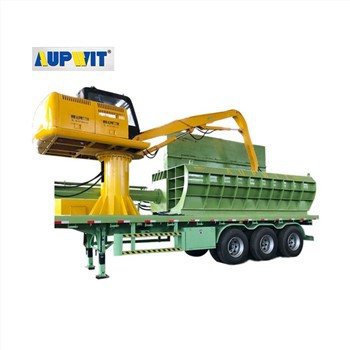Baler Components & Maintenance Guide
Hydraulic System Components
- Hydraulic hoses prone to cracks and leaks
- Seals and gaskets degrade from fluid exposure
- Hydraulic pump internal component wear
- Filters clogged with debris restricting flow
- Valve assemblies wearing from constant use
- Fluid reservoirs developing contamination
The hydraulic system contains several vulnerable parts due to constant pressure and fluid flow. Seals and gaskets in cylinders degrade from exposure to hydraulic fluid and temperature changes, leading to internal leaks that weaken compression force. The hydraulic pump experiences wear on its internal components from continuous operation, resulting in reduced output.
Hydraulic fluid should be changed according to manufacturer specifications, and all hoses inspected monthly for signs of wear or leakage to prevent sudden failures.
Mechanical Transmission Parts
- Ram guide rails develop scratches/corrosion
- Rollers and bearings wear from constant use
- Compression plate dents from impact damage
- Cutting blades dull from fabric contact
- Strapping mechanisms wear from friction
- Pivot points lose lubrication over time
Moving mechanical components face significant wear from friction and repeated motion. The ram guide rails can develop scratches or corrosion from contact with fabric fibers, leading to uneven operation. The compression plate may develop dents or bending from impact with hard objects accidentally included in loads, affecting compression uniformity.
Electrical and Control Elements
- Sensors misaligned or contaminated with lint
- Limit switches wear from repeated activation
- Wiring connections loosen from vibration
- Control panel buttons degrade with use
- Circuit boards affected by dust/moisture
- Emergency stop mechanisms wear out
Electrical components are susceptible to damage from environmental factors and frequent use. Sensors that detect chamber fullness can become misaligned or contaminated, sending incorrect signals that disrupt operation. Wiring connections, especially in areas with vibration, may loosen over time, causing intermittent power loss or erratic machine behavior.
Always disconnect power before inspecting electrical components. Use compressed air to clean control panels rather than liquids which could cause short circuits.
Structural and Fastening Components
- Hinges loosen from repeated operation
- Latches and locking mechanisms wear down
- Bolts loosen from operational vibration
- Rubber buffers degrade from compression
- Frame welds develop stress fractures
- Support brackets bend from strain
Structural parts that endure constant stress are prone to wear and fatigue. Hinges on chamber doors experience repeated opening and closing, leading to loosening that affects door alignment. Latches and locking mechanisms can wear down, failing to secure the door properly during compression and creating safety risks.


